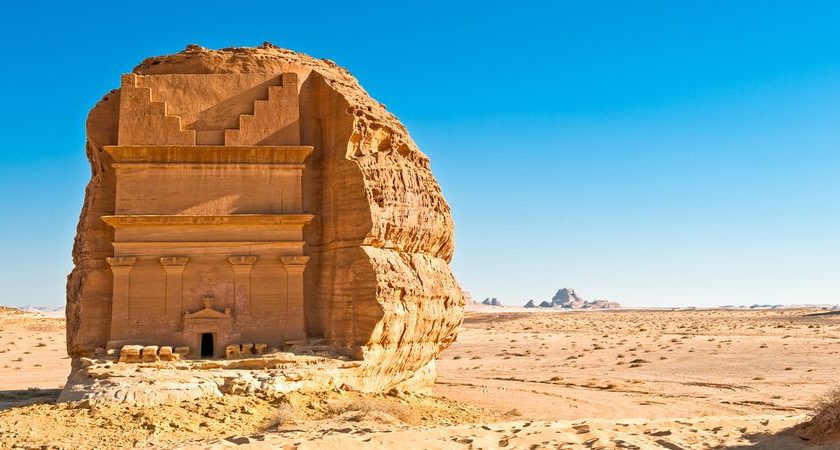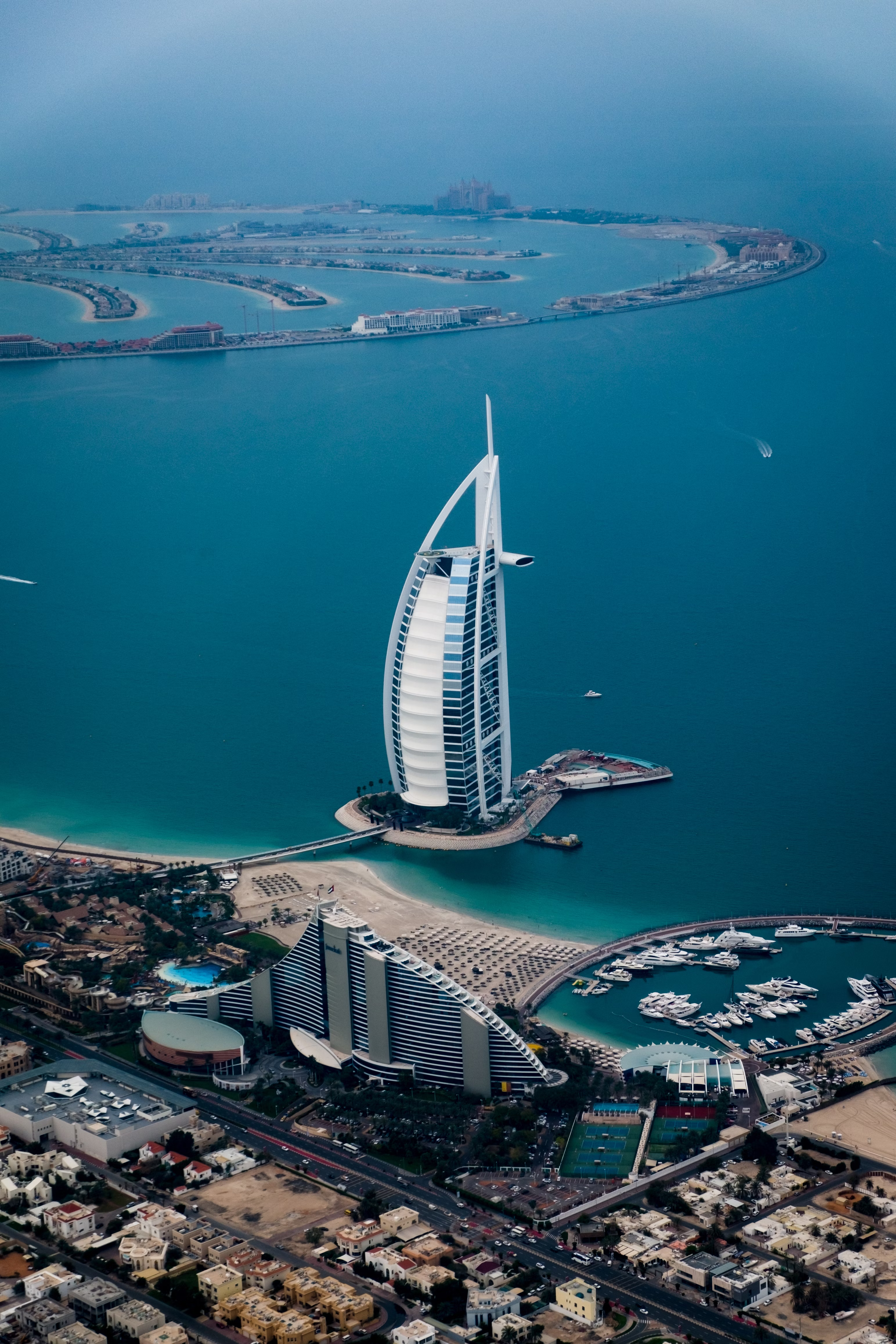There’s nothing quite like the thrill of a safari—the anticipation of seeing animals in their natural habitat, the breathtaking landscapes, and the chance to observe some of the world’s most iconic creatures. Whether you’re on the plains of the Serengeti, deep in the heart of the Maasai Mara, or exploring the rugged terrain of Kruger National Park, safaris offer unparalleled opportunities for photography.
But capturing the wild on camera can be a challenging and exhilarating experience. Wildlife photography during a safari requires patience, skill, and a keen eye for detail. You’re working with unpredictable subjects, shifting light, and sometimes difficult terrain. The good news? With the right approach, equipment, and techniques, you can bring home stunning wildlife photos that will forever remind you of your unforgettable safari adventure.
In this guide, we’ll explore the art of safari photography and offer practical tips to help you capture stunning wildlife shots. From gear recommendations to shooting techniques, you’ll be well-equipped to document the beauty and majesty of the natural world on your next safari. Plus, we’ll challenge you to share your best wildlife photos with the hashtag #WentWorldWildlife, creating a community showcase of the wild through the lens.
1. Choosing the Right Gear for Safari Photography
Before you set off on your safari, it’s essential to make sure you have the right photography gear to capture the stunning wildlife moments you’ll encounter. The unpredictability of safaris, along with the need for quick adjustments to light and distance, means you’ll want equipment that is both versatile and reliable.
Camera: DSLR or Mirrorless?
The best camera for safari photography will depend on your experience level and personal preferences. Both DSLR and mirrorless cameras are excellent choices for capturing wildlife. These cameras provide high-quality images, fast autofocus, and the ability to switch lenses, making them ideal for safaris. Some popular choices include:
- Canon EOS R5 (Mirrorless)
- Sony Alpha a7R IV (Mirrorless)
- Nikon D850 (DSLR)
- Canon EOS 5D Mark IV (DSLR)
For beginners or those who want to travel light, bridge cameras like the Sony RX10 IV offer long zoom ranges and impressive image quality without the need to switch lenses.

Lenses: The Key to Great Wildlife Shots
When it comes to safari photography, your lens is just as important—if not more so—than your camera. Wildlife is often far away, and capturing detailed shots requires a powerful zoom lens.
- Telephoto Lens: A telephoto lens with a focal length of 300mm to 600mm is ideal for getting close to distant animals without disturbing them. Some of the most popular telephoto lenses for wildlife photography include:
- Canon EF 100-400mm f/4.5-5.6L IS II USM
- Nikon AF-S Nikkor 200-500mm f/5.6E ED VR
- Sony FE 100-400mm f/4.5-5.6 GM OSS
- Wide-Angle Lens: For capturing breathtaking landscapes or herds of animals in their environment, a wide-angle lens (16-35mm) is essential. It allows you to include the surrounding environment in your photos, giving a sense of scale and grandeur to your shots.
- Zoom Lens: A versatile zoom lens (like 70-200mm) is useful for adapting to different distances, especially when you don’t have time to switch lenses between shots.
Other Essential Gear:
- Tripod or Monopod: A tripod can be helpful for steadying your camera, especially for longer focal lengths. If space is limited (like in a safari vehicle), a monopod is a more compact option.
- Bean Bag: A bean bag can be a lifesaver for stabilizing your camera on the side of a vehicle or uneven surfaces in the bush. It’s lightweight and easy to maneuver.
- Extra Batteries and Memory Cards: Wildlife moments happen fast, and you don’t want to run out of power or memory. Always bring extra batteries and memory cards to ensure you don’t miss a single shot.

2. Essential Photography Techniques for Safari
Now that you’ve got the right gear, let’s dive into the key techniques that will help you take stunning safari photos.
1. Patience and Timing: The Art of Waiting
In wildlife photography, patience is key. Animals don’t operate on your schedule, and the best moments often come after long periods of waiting. Whether you’re watching a lion pride on the hunt or waiting for a herd of elephants to emerge from the bush, being patient can reward you with spectacular shots.
Pro Tip: Observe animal behavior closely. Knowing when an animal is about to take action—whether it’s a cheetah sprinting after its prey or a giraffe bending down to drink—can help you anticipate the perfect shot.
2. Use the Rule of Thirds
The rule of thirds is a fundamental photography composition technique that can help you create more balanced and engaging photos. Imagine your image is divided into nine equal parts by two horizontal and two vertical lines. By placing your subject along these lines—or at their intersections—you’ll achieve a more dynamic and visually appealing composition.
For example, if you’re photographing a zebra against a wide-open plain, place the zebra off-center, allowing the landscape to fill the frame. This technique adds depth and interest to your images.
3. Focus on the Eyes
When photographing wildlife, sharp focus on the eyes of your subject is crucial. The eyes are the most expressive part of an animal, and ensuring they are in sharp focus draws viewers into the photo and creates a connection between the viewer and the animal.
Pro Tip: Use your camera’s autofocus mode to lock onto the animal’s eyes. Many modern cameras have animal eye-detection technology, which can make this even easier.
4. Capture Motion with Fast Shutter Speeds
Wildlife is unpredictable, and animals move quickly. To capture sharp images of fast-moving subjects, such as birds in flight or a cheetah in full sprint, you’ll need to use a fast shutter speed.
- For running animals or birds, a shutter speed of 1/1000 sec or faster is ideal.
- For slower-moving animals, a shutter speed of 1/250 sec to 1/500 sec works well.
If you’re shooting in low light, you may need to adjust your ISO settings or use a wider aperture to ensure your photos remain properly exposed.
5. Experiment with Different Angles
Safari vehicles are often the primary way photographers capture wildlife, but they can limit your angles. Instead of always shooting from eye level, experiment with different angles—like getting lower to the ground for a more immersive view or finding an elevated perspective to capture the landscape alongside the animals.
If possible, get out of the vehicle in safe areas or use a long lens to capture unique perspectives that stand out from the typical safari shots.
6. Golden Hour: The Best Light for Safari Photography
Lighting can make or break a photo, and for safari photography, nothing compares to the golden hour—the hour after sunrise and the hour before sunset. During this time, the soft, warm light creates beautiful shadows and enhances the natural colors of the landscape and wildlife.
Midday light, on the other hand, is often harsh and can wash out the colors in your photos. If you’re shooting in bright sunlight, try to use natural shade or backlighting to soften the image.
Pro Tip: If you can, schedule your safari drives around sunrise or sunset to take full advantage of the golden hour for your photography.

3. The Importance of Ethical Wildlife Photography
While capturing stunning images is the goal, it’s equally important to approach safari photography with respect for wildlife and the environment. Here are a few key tips for practicing ethical wildlife photography:
- Maintain Distance: Always keep a safe distance from the animals to avoid disturbing them. Using a long telephoto lens allows you to capture close-up shots without intruding on their space.
- Avoid Flash: Flash photography can startle animals and disrupt their natural behavior. Stick to natural light for your wildlife shots.
- Stay Quiet: Being as quiet as possible will allow you to observe animals in their natural state, leading to more authentic photos.
4. Post-Processing: Bringing Your Photos to Life
Once you’ve returned from your safari, it’s time to bring your photos to life through post-processing. Even the best images can benefit from some editing to enhance colors, contrast, and sharpness.
- Lightroom and Photoshop are two popular software options for editing wildlife photos.
- Adjust exposure and contrast to highlight details in the animals and the landscape.
- Use the clarity and sharpness sliders to bring out textures in the animals’ fur, feathers, or skin.
Be careful not to over-edit—wildlife photos should look natural and true to the scene.
5. Join the #WentWorldWildlife Challenge
Now that you’re equipped with the knowledge to capture stunning wildlife photos on your next safari, we’d love to see your work! Share your best safari and wildlife photography with us by using the hashtag #WentWorldWildlife on social media.
This is your chance to showcase your favorite shots, connect with other wildlife photography enthusiasts, and be part of our community of travelers and photographers. We’ll be featuring some of the best submissions on our platforms, so don’t miss out on the opportunity to have your work highlighted!
Final Thoughts: Capturing the Wild
Safari photography is an incredible way to not only document your journey but also to connect with the natural world. By understanding your gear, mastering key techniques, and approaching wildlife ethically, you can bring home breathtaking images that tell the story of your adventure.
Remember, the true art of safari photography lies in patience, respect for nature, and the thrill of capturing fleeting moments that reflect the beauty and majesty of the wild.
Whether you’re a seasoned photographer or just starting out, your safari photos have the power to inspire and transport others to the untamed world of wildlife. So grab your camera, head out on your next safari, and share the wonder of the wild with the world!
Catch up on the top stories and travel deals by subscribing to our newsletter!












Leave a Reply